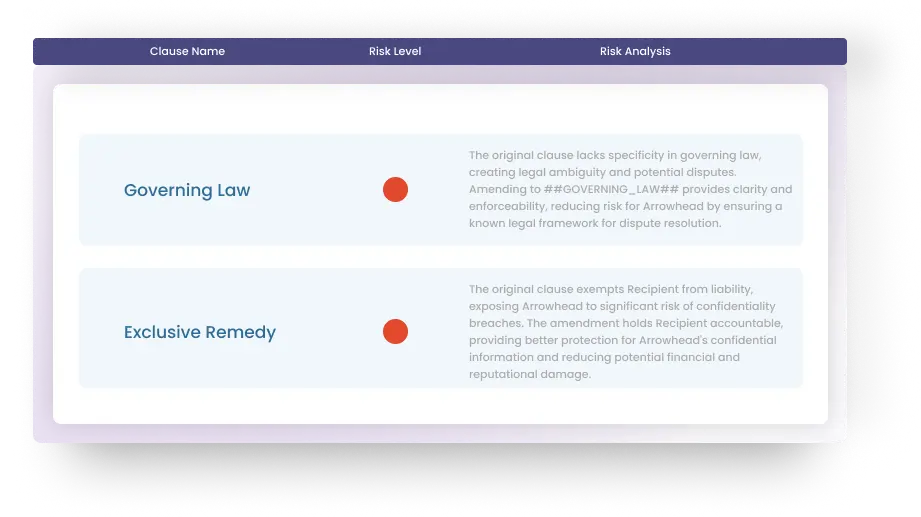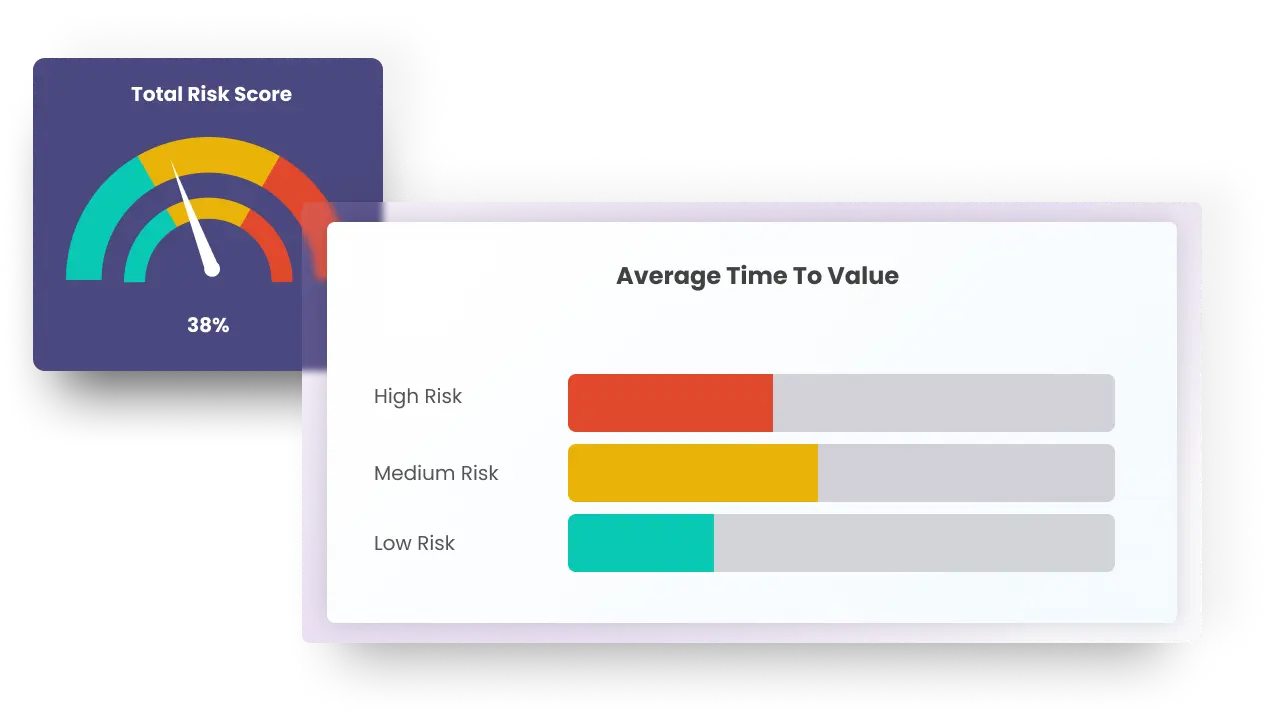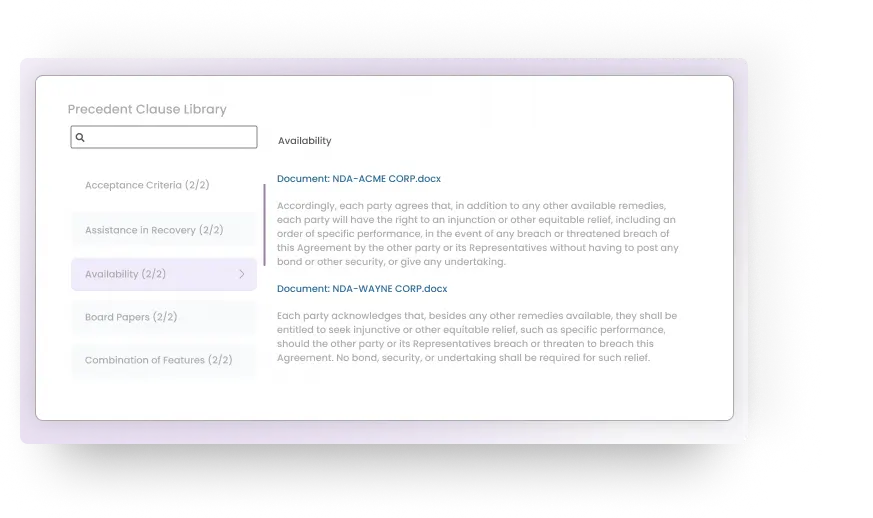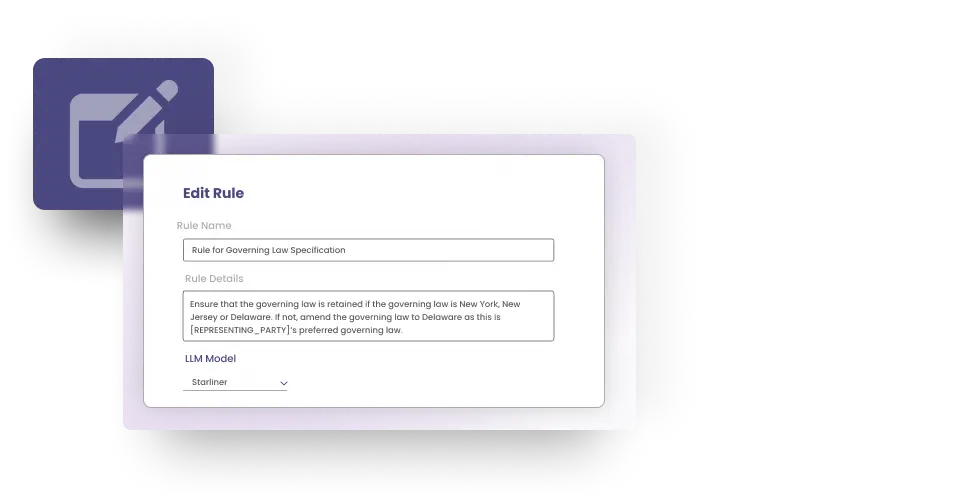Imagine a world where legal teams can negotiate contracts with speed, precision, and confidence—that’s the reality AI is creating. This transformative technology is redefining how legal professionals meet the growing demands of an increasingly complex regulatory environment.
As organizations scale and navigate increasingly intricate regulatory landscapes, legal teams are under more pressure than ever to streamline operations, accelerate turnaround times, and uphold rigorous standards of accuracy and compliance. A report by Gartner underscores this shift, revealing that AI adoption in legal departments can cut contract review and approval times by up to 50%. AI has become a pivotal tool, reshaping how legal teams manage contracts and negotiate terms.

AI does more than automate repetitive tasks like document review, clause extraction, and compliance checks. Advanced AI solutions bring legal intelligence to your review and negotiation processes, helping you secure faster agreements while positioning your organization more strategically. This evolution doesn’t just boost efficiency; it enhances precision, minimizes errors, and ensures compliance — keeping pace with ever-changing regulatory requirements.
Multi-Model Intelligence
In 2024, the integration of modern AI models, particularly through the use of multi-modal intelligence, has significantly enhanced the capabilities of legal-specific large language models . These models now combine general-purpose AI with specialized legal knowledge, allowing them to deliver precise, context-aware insights. This combination enables models to provide tailored analysis for a variety of legal tasks, from contract review to regulatory compliance checks.
| Horizontal Models | Vertical Models |
Vertical Solutions
|
| General Models trained on Public Data | Models trained with domain-specific (e.g., legal data) |
Solutions and features built for solving legal-specific use cases
|
|
– High Variability in responses/Hallucination Examples: OpenAI, Google, Anthropic, Meta, and other LLM providers |
– Models with high expertise in the targeted legal domain Industry-focused – Deep domain knowledge |
– Guardrails
Security, privacy and data protection – Legal and organization-specific models (business rules and knowledge base) – Engineering techniques to minimize hallucination – Vertical applications ready to use at scale (e.g., Legal review, risk analysis, etc.) |
A recent report highlights that advanced multi-modal LLMs can improve the efficiency of legal workflows by as much as 40% compared to traditional AI models due to their ability to handle complex legal language and context more effectively. These advancements demonstrate how multimodal approaches can bridge general AI capabilities with domain-specific expertise, leading to more accurate and efficient outcomes in legal practice.
This sophisticated approach ensures that legal professionals receive the most relevant and contextually accurate advice, driving better decision-making and streamlined operations in legal departments.
Quicker, Better Insights, Smarter Tracking
By combining advanced natural language processing with deep legal domain knowledge, AI systems can analyze contracts faster and more thoroughly than ever before. The technology accelerates the review process and uncovers nuanced patterns and potential risks that might be missed in traditional manual reviews.
Here’s how advanced GenAI solutions are transforming the process:
Comprehensive Command Center Approach

Today’s AI platforms serve as complete command centers for legal intelligence, eliminating the need to switch between multiple tools. These unified hubs integrate contract review, risk analysis, compliance monitoring, and negotiation tracking in a single interface, creating a streamlined workflow for legal teams. The consolidated approach not only saves valuable time but also ensures that no critical details are lost between different systems or stages of the negotiation process.
Dynamic Decision-Making
Modern AI systems are becoming increasingly sophisticated in their ability to handle complex legal scenarios with nuance and precision. By leveraging advanced natural language processing and machine learning algorithms, AI capabilities now extend beyond simple rule-based approaches to include:
- Converting complex, unstructured legal data into actionable insights
- Making context-driven decisions in real-time
- Proactively identifying critical areas requiring attention
- Strengthening negotiating positions through risk analysis
Scalable Intelligence

The true power of AI in legal applications lies in its ability to grow and adapt alongside organizational needs, creating a virtuous cycle of continuous improvement. As these systems process more contracts, they continuously learn and improve, offering:
- Enhanced accuracy in clause recommendations
- More sophisticated risk assessments
- Ability to handle increased contract volumes without quality compromise
- Consistent performance across growing workloads
Accelerating the Contract Negotiation Process
The impact of AI on contract negotiation speed is revolutionary. Modern AI tools can automatically review and suggest contract changes, dramatically reducing the time spent on document review and term negotiation. Instead of the traditional “rip and replace” approach, AI now enables “surgical redlining” – making precise, targeted changes that preserve valuable contract context while improving efficiency.
What once took weeks can now be accomplished in days. This acceleration isn’t just about speed – it’s about maintaining and improving accuracy while reducing cycle time. The AI’s ability to quickly analyze vast amounts of historical data means that each negotiation benefits from past experiences and successful outcomes.
Enhancing Risk Management and Compliance

AI’s contribution to risk management in contract negotiations is particularly significant. Modern platforms can:
- Flag high-risk clauses immediately
- Ensure ongoing compliance with legal standards
- Analyze historical contract data to prevent problematic terms
- Extract insights from unstructured data
- Make risk assessments easily accessible
This proactive approach to risk management helps legal teams avoid costly errors and potential disputes before they arise. By analyzing patterns in historical contract data, AI can identify terms that have led to disputes in the past and suggest alternatives that have proven more successful.

Clause Management
Today’s AI-driven platforms provide unprecedented access to real-time insights during negotiations. These capabilities allow legal teams to negotiate from a position of strength, backed by data and historical success patterns.They can:
- Analyze contract trends across your organization
- Suggest alternative clauses based on successful past agreements
- Enable data-driven decision-making during negotiations
- Provide benchmarking against industry standards
The Future of AI in Legal Contract Negotiations
As AI technology continues to evolve, its role in legal contract negotiations will expand. However, this evolution isn’t about replacing lawyers – it’s about augmenting their expertise. AI will increasingly serve as an intelligent solution, handling routine tasks while allowing legal professionals to focus on strategic decision-making and complex negotiations.
The future points toward more personalized AI interactions, where legal professionals can customize the review process to their specific needs and preferences. This personalization will make AI an even more valuable tool in the legal professional’s arsenal.

Embracing the AI-Powered Future of Legal Negotiations
The AI revolution in contract negotiations represents a fundamental shift in how legal teams operate. By combining speed, accuracy, and intelligence, AI is enabling legal departments to handle more contracts, reduce risks, and achieve better outcomes. The transformation from manual processes to AI-assisted negotiations isn’t just improving efficiency – it’s elevating the entire profession, allowing legal professionals to focus on strategic work that truly requires human expertise.
Ready to experience how AI can transform your contract negotiation process? Schedule a demo today to see these innovations in action and learn how they can benefit your legal team.








